Unveiling the Beauty of the Art Paper :- A detailed Guide to Choosing, Using, and Appreciating.
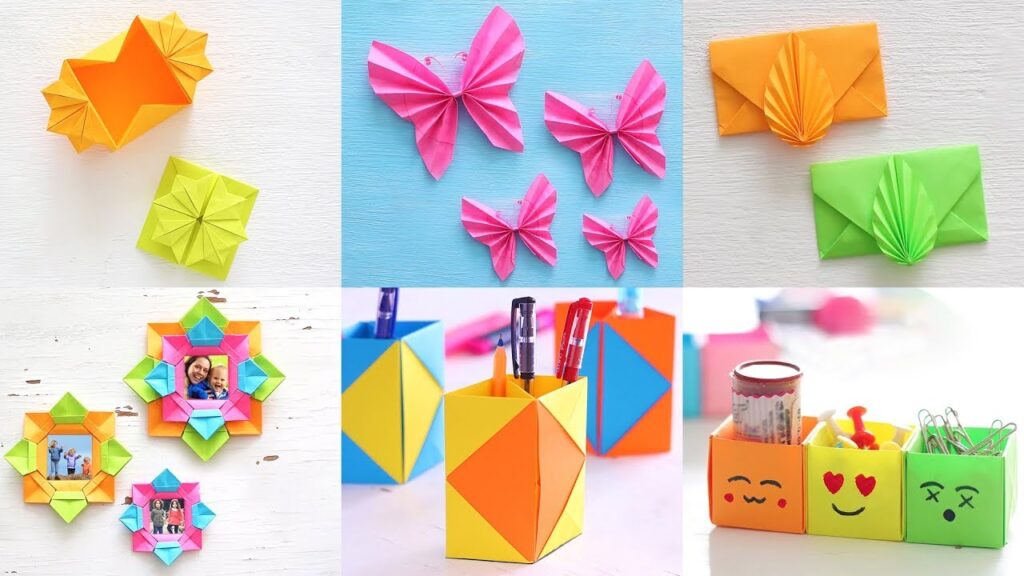
Table of Contents
Introduction :-
Art paper, a seemingly simple medium, holds within its fibers and the potential of transform ordinary ideas into extraordinary creations. Whether you’re an aspiring artist, a seasoned professional, or simply an respect of the arts, understanding the nuances of art paper can significantly elevate your creative journey. In this detailed develop guide, we develop deep into the world of art paper, exploring its types, qualities, uses, and the profound impact it has on the art world.
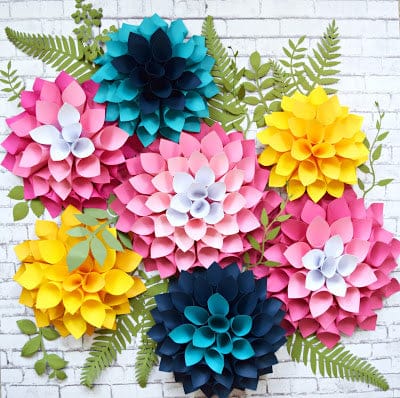
1} Understanding Art Paper :-
Art paper is a specialized type of paper designed for various artistic endeavors. It differs from standard paper in terms of composition, weight, texture, and sizing. Historically, art paper has evolved alongside artistic practices, adapting to the changing needs and preferences of artists. Today, it encompasses a wide range of types, each tailored to specific mediums and techniques.
Quality art paper is characterized by its durability, archival properties, and ability to stand with the application of various artistic materials. It typically features a higher GSM (grams per square meter) or weight compared to regular paper, providing a sturdier surface for artistic expression. Additionally, art paper is often pH neutral or acid-free to prevent yellowing and deterioration over time.
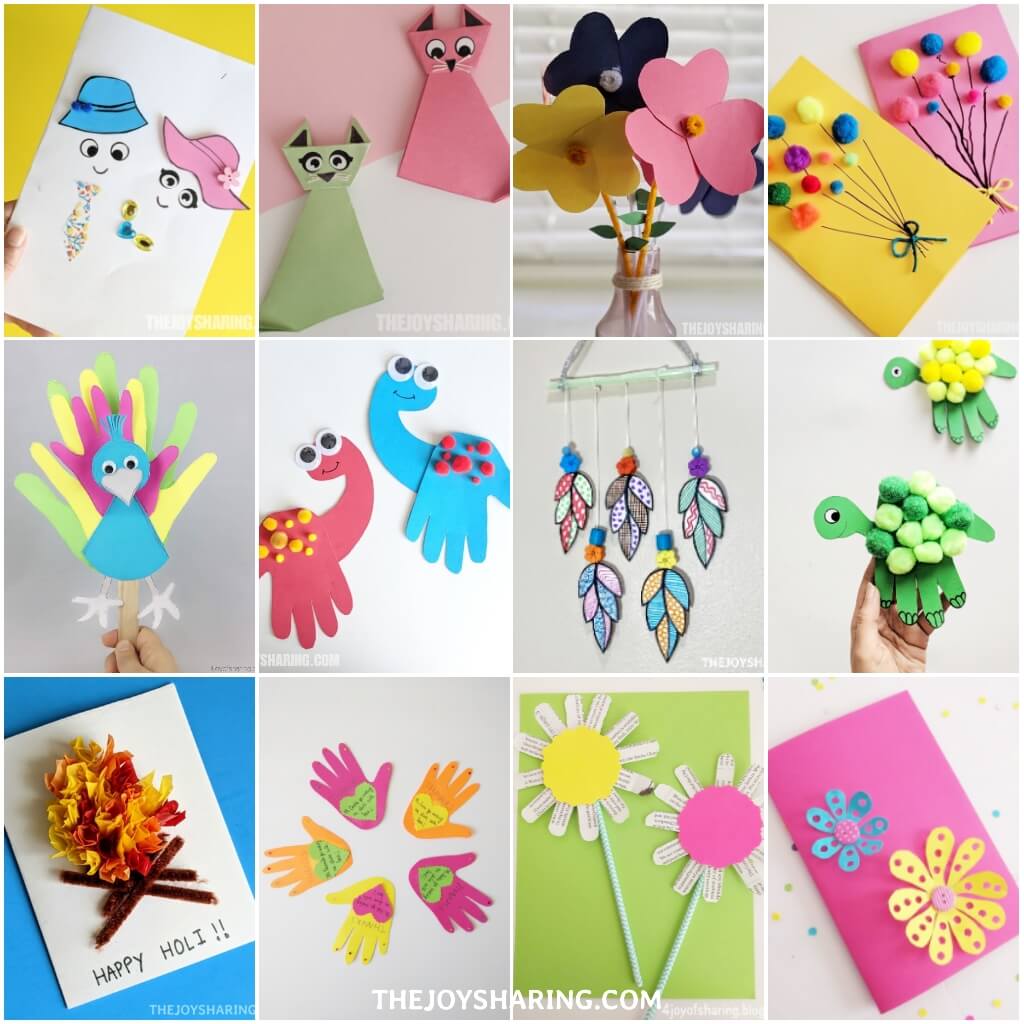
2} Types of Art Paper :-
- Drawing Paper:- Drawing paper comes in various weights and textures, suitable for graphite, charcoal, ink, and colored pencil drawings. It offers enough tooth (surface texture) to grip dry media effectively while allowing for precise lines and shading.
- Water color Paper:– Water color paper is designed to handle the wet application of water-based paints. It comes in different textures, including rough, cold-pressed, and hot-pressed, each producing distinct effects. Water color paper is typically made from cotton or wood pulp and is available in various weights.
- Pastel Paper :- Pastel paper features a toothy surface that grips pastel pigments, preventing smudging and allowing for layering and blending. It comes in a range of colors and textures, including sanded and textured options optimized for different pastel techniques.
- Printmaking Paper :- Printmaking paper is engineered to stand with the pressures of various printmaking techniques, including relief, intaglio, lithography, and screen printing. It offers a smooth, durable surface that retains fine details and produces consistent results.
- Mixed Media Paper :- Mixed media paper is versatile, allowing artists to combine different mediums, such as watercolor, acrylic, collage, and ink, on a single surface. It typically has a sturdy weight and a medium texture suitable for a wide range of applications.
- Specialty Papers :- Specialty papers encompass a diverse range of options, including handmade paper, rice paper, vellum, and parchment. These papers offer unique textures, finishes, and cultural significance, catering to specific artistic preferences and traditions.
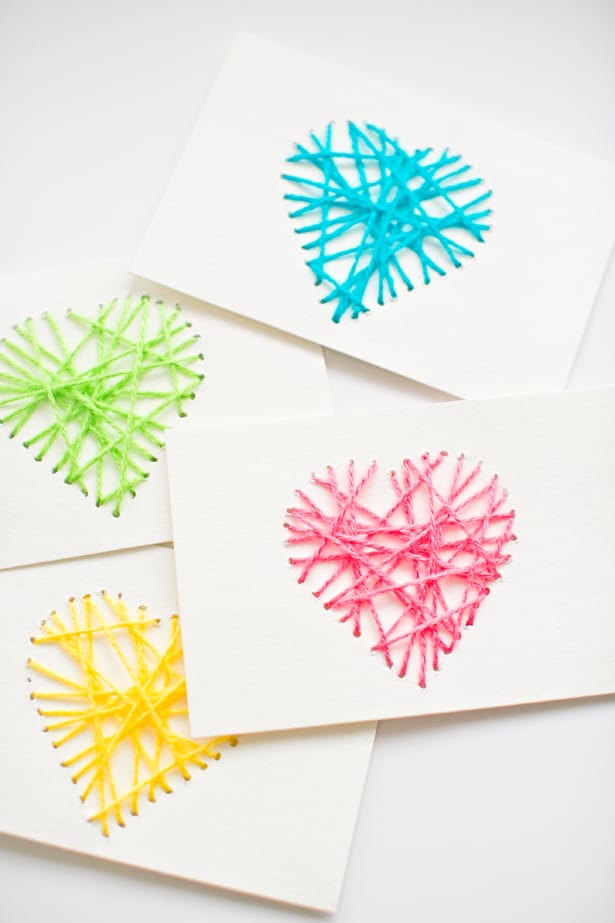
3} Factors to Consider When Choosing Art Paper :-
When selecting art paper for a project, several factors come into play :-
- Weight and Thickness :- The weight of paper is measured in GSM or pounds (lb), indicating its thickness and durability. Lighter weights are suitable for sketches and studies, while heavier weights provide more support for wet mediums.
- Texture :- The texture of paper affects how mediums interact with the surface. Smooth paper is ideal for detailed work, while rough or textured paper adds character and depth to artworks.
- Sizing :- Paper sizing refers to the treatment applied to the surface to control absorbency and improve performance with specific mediums. Internal sizing strengthens the paper fibers, while external sizing seals the surface and enhances color vibrancy.
- Acid-Free and Archival Properties :- Acid-free paper is essential for preserving artworks over time, as acidic paper can yellow and deteriorate. Archival paper meets strict criteria for longevity, ensuring that artworks remain vibrant and intact for generations.
- Color and Tint :- Art paper comes in various shades, from bright white to off-white and colored options. The choice of color can influence the mood and aesthetic of the artwork.
- Price and Affordability :- While quality art paper may come at a higher price point, it’s essential to balance quality with budget constraints. Investing in premium paper can enhance the overall presentation and longevity of artworks.

4} Techniques for Working with Art Paper :-
Each type of art paper requires different techniques for optimal results :-
- Drawing Techniques :- When working with drawing paper, artists can utilized various techniques, including hatching, cross-hatching, stippling, and blending with blending stumps or tortillons.
- Painting Techniques :- Watercolor paper requires specific techniques to control the flow of paint and achieve desired effects, such as wet-on-wet, wet-on-dry, and lifting.
- Printmaking Techniques :- Printmaking paper should be prepared according to the chosen printing method, whether it’s relief, intaglio, lithography, or screen printing. Proper inking, registration, and pressure are essential for successful prints.
- Collage and Mixed Media Techniques :- Mixed media paper allows artists to experiment with layering different materials, such as paper, fabric, found objects, and ephemera. Techniques include tearing, cutting, gluing, and embellishing.
- Preservation Techniques :- Proper mounting, framing, and storage are crucial for preserving artworks on paper. Acid-free mounting materials and UV-protective glass can help prevent damage from light, moisture, and pollutants.
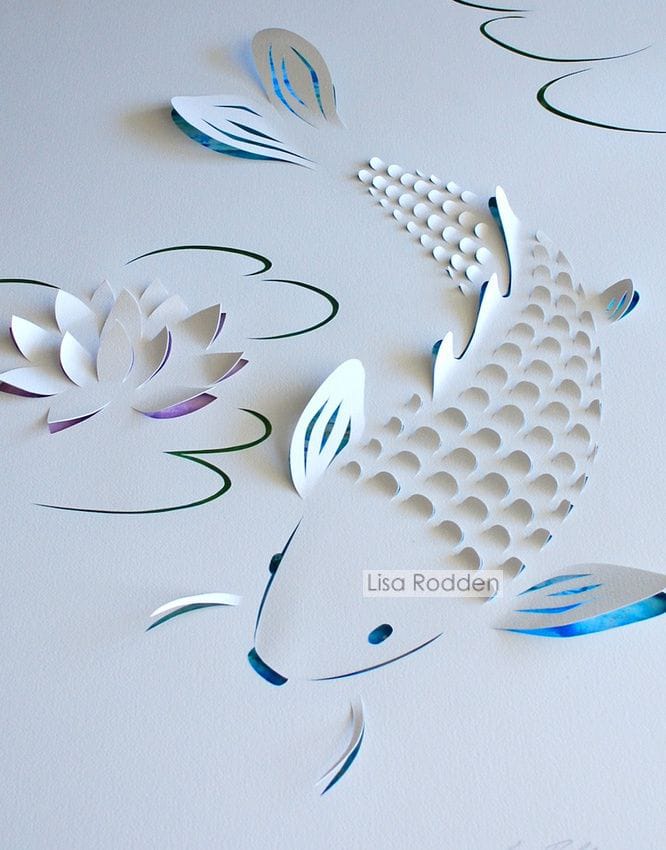
5} Exploring Art Paper in Different Art Forms :-
Art paper plays a vital role in various art forms :-
- Fine Art :- In fine art, the choice of paper can significantly impact the visual impact and longevity of artworks. Artists may prefer specific papers based on their preferred mediums and techniques.
- Illustration :- Illustrators often work with specialized papers suited to their chosen mediums, whether it’s ink, watercolor, gouache, or digital illustration. The texture and absorbency of the paper can affect line quality and color saturation.
- Calligraphy and Lettering :- Calligraphers value papers with smooth surfaces and minimal bleed to achieve crisp, clean lines. Cotton-based papers are often preferred for their durability and archival qualities.
- Printmaking :- Printmakers rely on study, absorbent papers that can withstand multiple impressions without tearing or buckling. The choice of paper texture and weight can influence the final appearance of the print.
- Paper Sculpture :- Paper artists sculpt, fold, and manipulate paper to create intricate three-dimensional artworks. Specialty papers with unique textures and finishes enhance the sculptural quality of the pieces.

6} The Influence of Art Paper on Artistic Expression
Art paper contributes to artistic expression in several ways :-
- Texture and Surface Effects :- The texture of paper can influence the appearance of brushstrokes, pencil marks, and other surface treatments. Rough paper adds texture and visual interest, while smooth paper allows for precise detailing.
- Absorbency and Bleed :- Different papers absorb paint and ink differently, affecting the intensity of colors and the sharpness of edges. Highly absorbent papers may cause colors to appear muted, while less absorbent papers produce more vibrant results.
- Durability and Resilience :- Quality art paper is designed to stand with the rigors of artistic experimentation, whether it’s multiple layers of paint, erasing and reworking, or heavy pressure from printmaking presses.
- Emotional Resonance :- The choice of paper can evoke specific emotions and associations in the viewer, from the warmth of handmade paper to the crispness of machine-made paper. Artists may select papers that align with the mood and theme of their artworks.
- Cultural Significance :- In some cultures, certain types of paper hold cultural and symbolic significance, reflecting traditions, rituals, and artistic practices passed down through generations.

7} Sustainability and Eco-Friendly Alternatives in Art Paper
As environmental awareness grows, artists and paper manufacturers are increasingly turning to sustainable practices:-
- Environmental Impact of Traditional Paper Production :- Conventional paper production involves the harvesting of trees, chemical processing, and water consumption, contributing to deforestation and pollution.
- Sustainable Practices in Paper Manufacturing :- Sustainable paper manufacturers prioritize responsible sourcing of raw materials, renewable energy usage, waste reduction, and pollution prevention.
- Recycled and Tree-Free Paper Options :- Recycled paper utilizes post-consumer waste to create new paper products, reducing the demand for virgin pulp and minimizing landfill waste. Tree-free papers are made from alternative fibers such as cotton, hemp, bamboo, and agricultural residues.
- Eco-Friendly Packaging and Labeling Initiatives :- Paper companies are adopting eco-friendly packaging materials and labeling practices to minimize their carbon footprint and promote sustainability.
- Supporting Ethical and Socially Responsible Paper Brands :- By choosing paper products from ethical and socially responsible brands, artists can contribute to positive environmental and social impact initiatives.

8} Tips for Buying and Using Art Paper Wisely
To make informed decisions when purchasing and using art paper, consider the following tips :-
- Researching and Sampling :- Take the time to research different paper brands, types, and qualities. Request samples or purchase small sheets to test before committing to larger quantities.
- Investing in Quality :- While budget constraints may influence purchasing decisions, investing in quality paper can yield superior results and enhance the longevity of artworks.
- Experimenting with Techniques :- Don’t be afraid to experiment with different papers and techniques to discover what works best for your artistic style and preferences.
- Proper Storage :- Store paper in a clean, dry environment away from direct sunlight and humidity to prevent yellowing, warping, and degradation.
- Seeking Advice :- Don’t hesitate to seek advice from experienced artists, instructors, and professionals when selecting paper for specific projects or techniques.

9} Frequently Asked Questions About Art Paper
- How do I prevent buckling and warping in watercolor paper?
- Stretching watercolor paper before painting can help minimize buckling and warping. Alternatively, using heavier-weight paper or painting on a flat surface may also reduce distortion.
- Can I use any paper for drawing with ink or markers?
- While some papers are specifically designed for ink and marker use, many papers can handle these mediums effectively. Look for papers with minimal bleed and a smooth surface for optimal results.
- What’s the difference between hot-pressed and cold-pressed watercolor paper?
- Hot-pressed watercolor paper has a smooth surface, ideal for detailed work and fine lines. Cold-pressed watercolor paper has a textured surface, providing tooth for pigment absorption and creating interesting effects.
- Is handmade paper suitable for professional artworks?
- Handmade paper offers unique textures and character but may vary in quality and consistency. It can be suitable for certain artistic styles and projects but may not meet the archival standards required for professional artworks.
- How do I know if a paper is acid-free and archival?
- Look for labels indicating that the paper is acid-free and archival. Additionally, reputable paper manufacturers provide information on their products’ archival qualities and acid-free status.

Conclusion :- Embracing the Endless Possibilities of Art Paper
In conclusion, art paper is not just a blank canvas but a gateway to boundless creativity and expression. By understanding its nuances, exploring its varieties, and mastering its techniques, artists of all levels can unlock their full potential and create works that resonate deeply with themselves and others. Whether you’re sketching a simple doodle or embarking on a complex masterpiece, let the journey of art paper guide you toward new horizons of imagination and inspiration.
By crafting this extensive guide optimized around the keyword “art paper,” your website can establish authority in the art community, attract organic traffic, and rank prominently on search engine results pages. Through valuable content and detail information, you’ll not only enhance your website’s visibility but also provide immense value to your audience, fostering engagement and loyalty within the artistic community.
